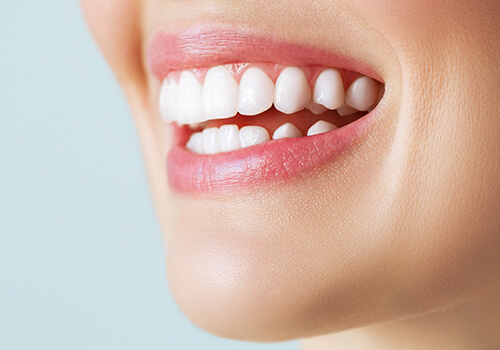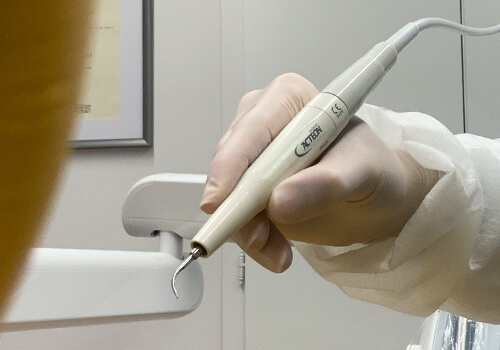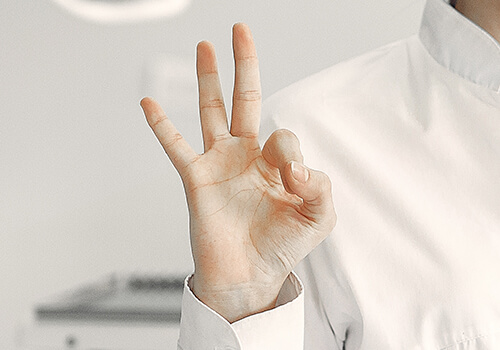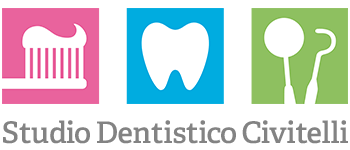Dental prosthesis
Dental prosthesis aim to rehabilitate oral functions
Dental prosthesis aims to rehabilitate the oral functions of the patients affected by partial or total edentulism (missing teeth), by replacing natural teeth with artificial dental elements. Sometimes prosthesis can be used to correct functional misfunctions and tooth aesthetics (shape, colour, position).
Prosthodontics is the branch of dentistry that deals with the making of the prosthesis to replace missing dental elements.
The prosthesis can be made manually by the dental technician or with specific technologies such as CAD/CAM.
There are various types of dental prosthesis:
• fixed (crown, screw or cement-retained crown, inlays, Toronto Bridge)
• Removable (traditional dentures).
Implant Overdenture gains support and stability from dental implants. The denture has special attachments on its fitting surface, which is the surface closest to the gums.
After the infection is removed, the dentist can proceed with a tooth filling. Even milk teeth decays must be promptly cured, as soon as dark spots appear on the child’s teeth.
The dentist has to act quickly to make less invasive treatments and, above all, not to cause discomfort.
Every single milk tooth preserves the space necessary for the formation of the permanent teeth. In case of deep decay, affecting not only the enamel and dentine but also the dental pulp, Restorative Dentistry involves treatments such as the root canal treatment (or devitalization) to solve the problem.
Our Tips

Prophylaxis Cleaning with calcium phosphates
We recommend regular applications of calcium phosphates-based products to maintain the correct enamel mineralisation and prevent caries, white spots, sensitive gums etc., especially during childhood.

Fill up tooth grooves with sealants
The OMS and the Department of Health recommend sealants to fill up the grooves in permanent molars and premolars to guarantee a better cleaning of children’s teeth occlusal surface and prevent the risk of bacterial infiltration and decay.
This procedure is painless and safe but must be carried out according to the correct timing of intervention.
The dentist will guide you in choosing the right moment to carry out this important form of prevention.

Periodic checks
We recommend at least six-monthly visits and professional hygiene sessions.
